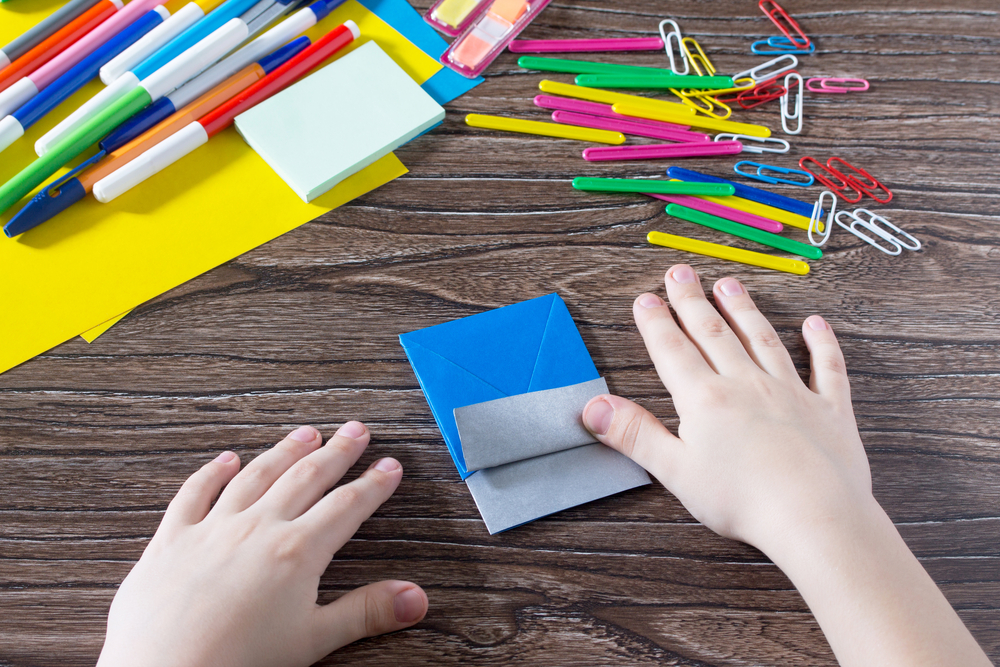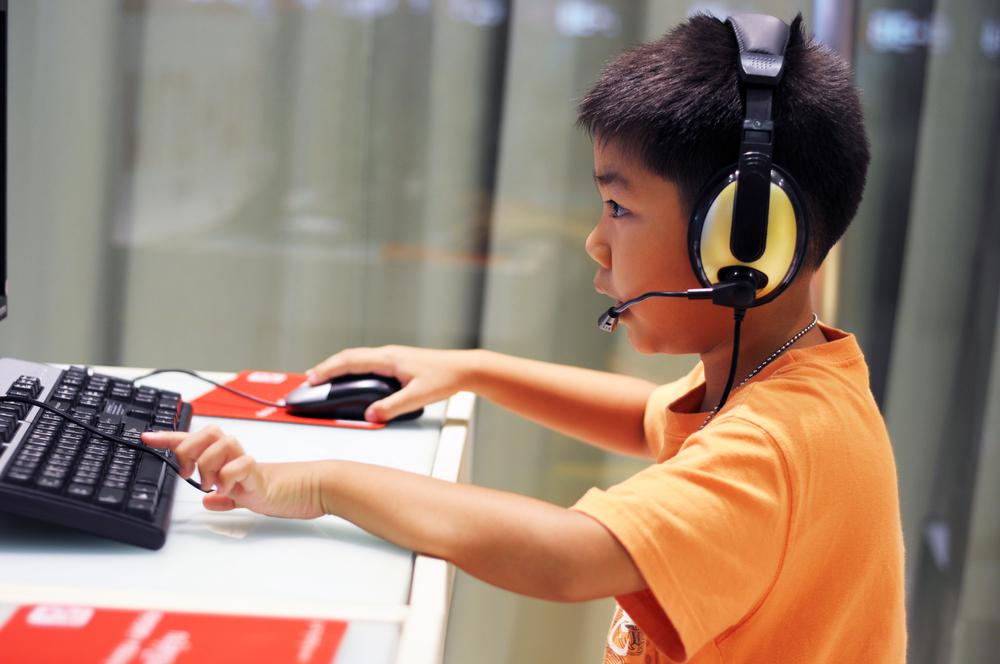Spatial Orientation Worksheets for Kids
7 filtered results
-
From - To


Going up or Down? Worksheet


Faces of 3D Shapes Worksheet
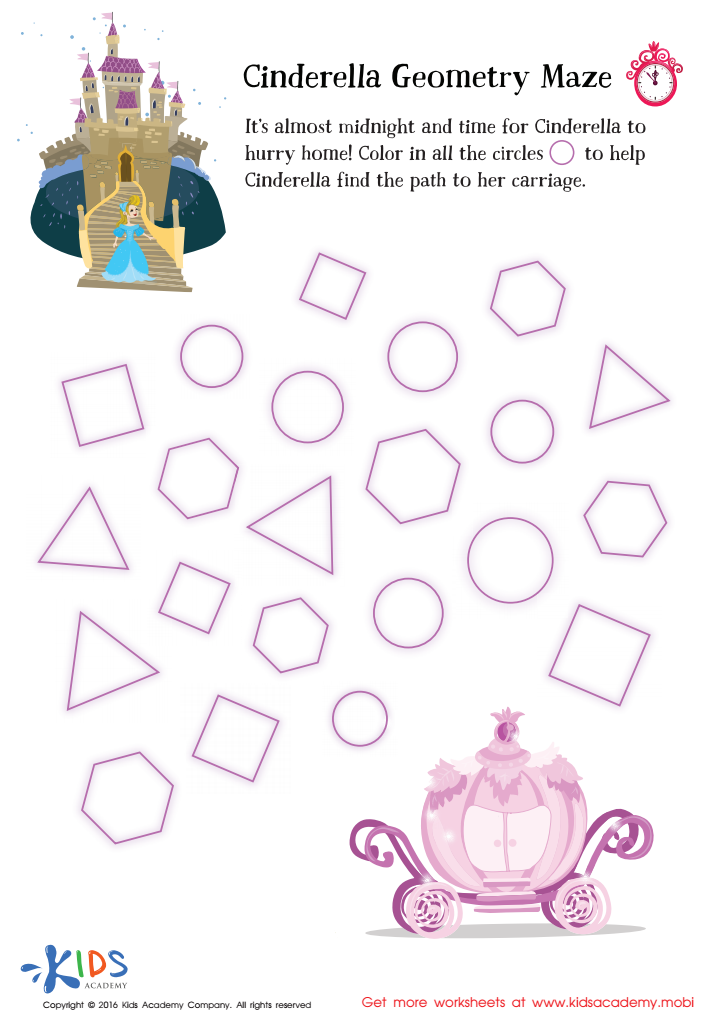

Cinderella Geometry Maze Worksheet


Neighborhoods Worksheet
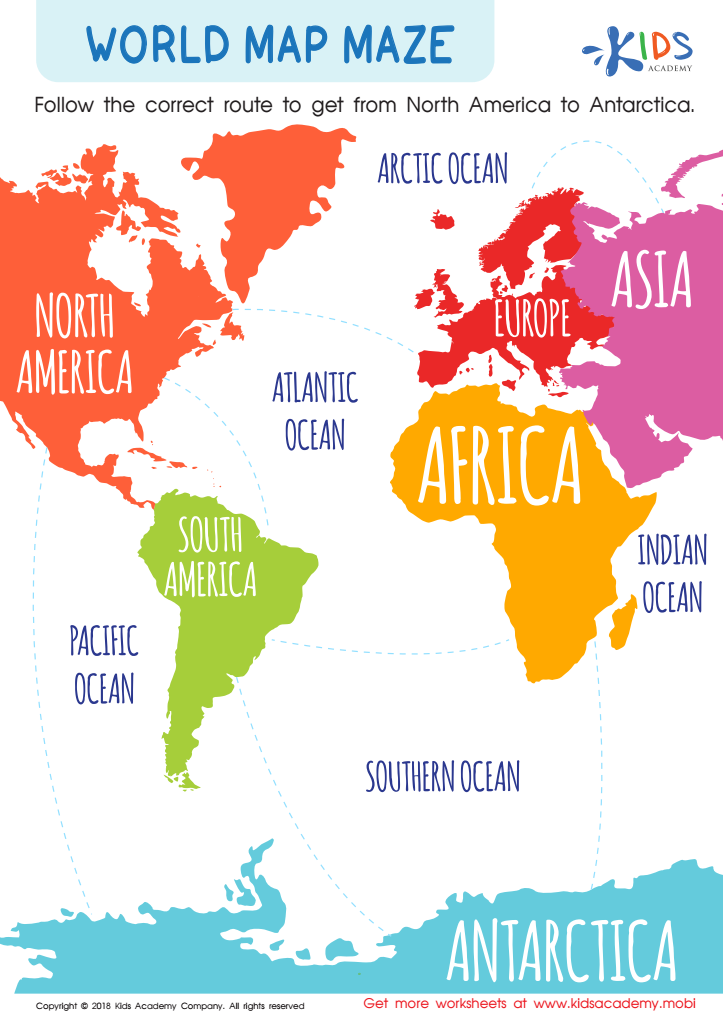

World Map Maze Worksheet
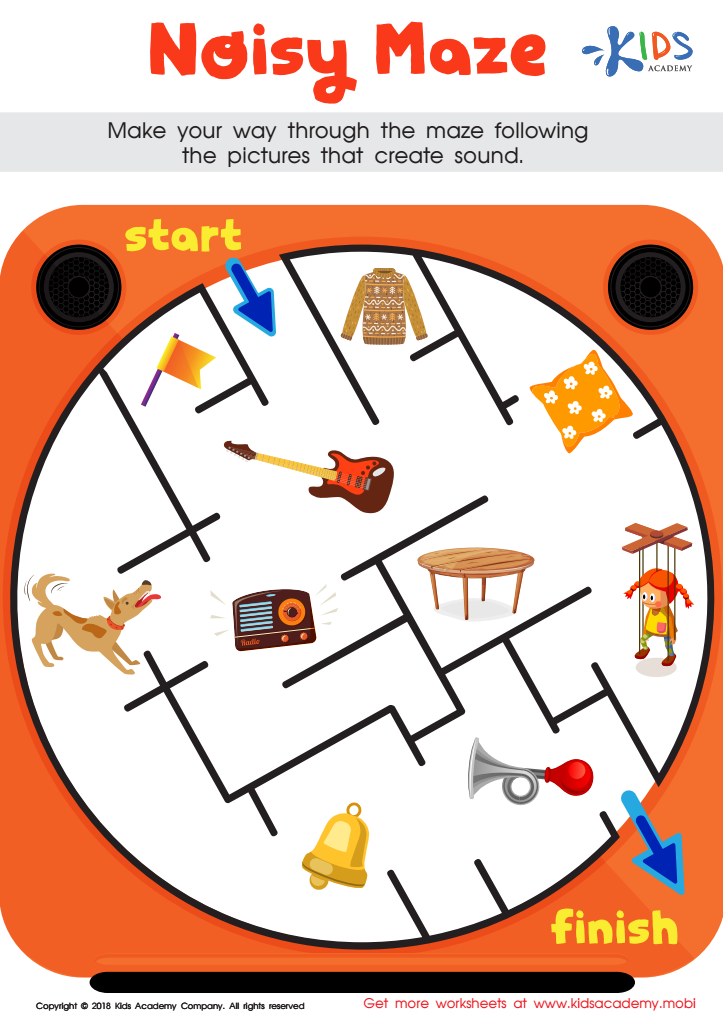

Noisy Maze Worksheet
Question/Answer
What does the Spatial Orientation skill mean when it comes to Grade 1 Reading Non-Fiction learning?
The Spatial Orientation skill in the context of Grade 1 Reading Non-Fiction learning involves the ability of students to understand and interpret information about locations, directions, and positions of objects or places described in the text. This skill helps them visualize and mentally organize information about the physical arrangement of these elements as they read non-fiction material.
How to test a Grade 1 student’s Spatial Orientation skills?
To test a Grade 1 student's Spatial Orientation skills, use activities that require them to navigate spaces or manipulate objects. Include tasks like puzzle assembly, following or creating maps, and using directional language (left, right, above, below) in instructions. Observe their ability to understand and apply concepts related to positions, directions, and distances in both two-dimensional and three-dimensional contexts.
How to train the Spatial Orientation skill in Grade 1 students learning about Reading Non-Fiction?
To train Spatial Orientation skill in Grade 1 students learning about Reading Non-Fiction, integrate activities like map reading, creating simple diagrams related to the text, and using physical models to represent information from non-fiction books. Encouraging students to describe object locations and follow directions within a non-fiction context also enhances their spatial orientation skills.

 Assign to the classroom
Assign to the classroom
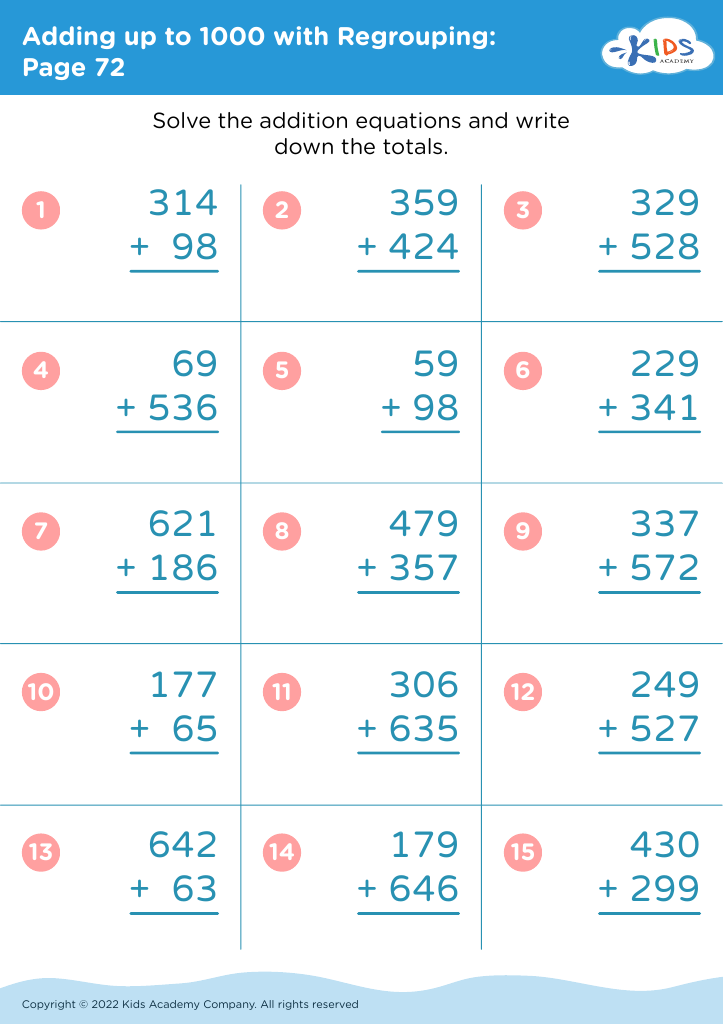
%20(1).jpg)
.jpg)

